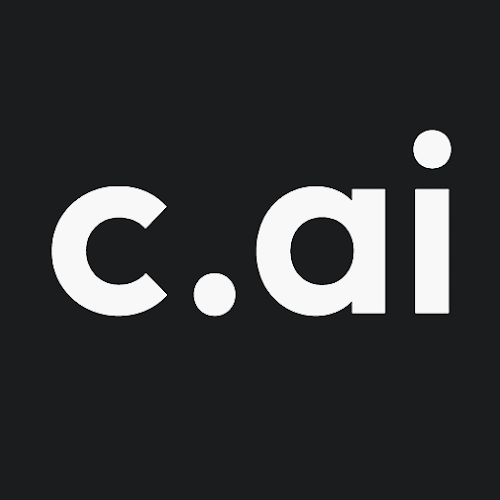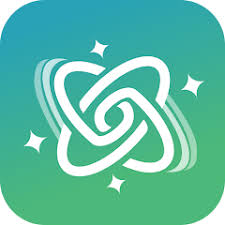Ask Huberman Lab
Built ML apps on a web platform.
conversation Q&A chat chatbot gptTool Information
| Primary Task | Conversations with HubermanLab |
|---|---|
| Category | communication-and-support |
| Sub Categories | chatbots chat-and-conversation |
| Open Source | Yes |
| Pricing | Free |
| Website Status | 🟢 Active |
Streamlit is a web-based open-source platform that allows data scientists and developers to quickly create and deploy scalable machine learning and data science applications. With Streamlit, users can easily build interactive and customizable dashboards, visualizations, and user interfaces, without the need for extensive coding experience. Streamlit offers a simple and intuitive interface that integrates readily with popular machine learning and data science libraries, such as TensorFlow or PyTorch. This makes it easy for developers and data scientists to prototype, test and deploy AI-based applications, while providing the flexibility to modify, refine and scale their creations as needed.One of the key advantages of Streamlit is its ability to rapidly generate dynamic visuals and widgets that update automatically based on user input or changes to the underlying data. This allows developers to rapidly iterate and fine-tune their applications, ensuring that they are responsive to user needs and aligned with project goals.Streamlit is hosted on the cloud, which means that there is no need for users to install any additional software or manage server infrastructure. This makes it easy for teams to collaborate and share their applications seamlessly, while offering an efficient and cost-effective way to deploy AI-powered solutions. Overall, Streamlit offers a powerful and accessible platform for building AI applications, with a focus on ease of use, flexibility, and scalability. Whether you are a developer, data scientist or a business user, Streamlit can help you unlock the potential of AI and data-driven insights.
| Pros |
|---|
|
| Cons |
|---|
|
Frequently Asked Questions
1. What is Streamlit?
Streamlit is a web-based open-source platform that allows data scientists and developers to quickly create and deploy scalable machine learning and data science applications.
2. What is the main purpose of using Streamlit?
The main purpose of using Streamlit is to easily build interactive and customizable dashboards, visualizations, and user interfaces for machine learning and data science applications.
3. Does Streamlit require extensive coding experience?
No, Streamlit does not require extensive coding experience. It offers a simple and intuitive interface that can be used by different levels of users.
4. How user-friendly is the interface of Streamlit?
Streamlit is highly user-friendly. Its interface is simple, intuitive and integrates readily with popular machine learning and data science libraries.
5. Does Streamlit integrate with machine learning and data science libraries like TensorFlow or PyTorch?
Yes, Streamlit readily integrates with popular machine learning and data science libraries such as TensorFlow or PyTorch.
6. How quickly can I prototype, test and deploy AI-based applications with Streamlit?
With Streamlit, prototyping, testing and deploying AI-based applications can be done quickly, allowing developers and data scientists to iterate and fine-tune their applications rapidly.
7. What is the flexibility level of Streamlit?
Streamlit offers high flexibility. Users can modify, refine, and scale their creations as needed, aligning with project goals and user needs.
8. Does Streamlit offer dynamic visuals and widgets?
Yes, Streamlit offers dynamic visuals and widgets.
9. Do Streamlit's visuals update based on user input?
Yes, Streamlit's visuals and widgets update automatically based on user input or changes to the underlying data.
10. What kind of software or infrastructure is needed to use Streamlit?
To use Streamlit, there is no need for users to install any additional software or manage server infrastructure.
11. Is Streamlit hosted on the cloud?
Yes, Streamlit is hosted on the cloud.
12. How does Streamlit allow for team collaboration and sharing?
Streamlit allows for team collaboration and sharing by being cloud-hosted which means applications can be shared seamlessly among team members.
13. What is the key advantage of using Streamlit?
One of the key advantages of using Streamlit is its ability to rapidly generate dynamic visuals and widgets that update automatically based on user input or changes in data.
14. Who can benefit from using Streamlit?
Developers, data scientists, and business users can all benefit from using Streamlit.
15. Can business users effectively use Streamlit?
Yes, business users can effectively use Streamlit due to its ease of use and flexibility.
16. How does Streamlit unlock the potential of AI and data-driven insights?
Streamlit unlocks the potential of AI and data-driven insights by offering a platform that allows for the rapid creation and deployment of machine learning and data science applications.
17. What does it mean by 'You need to enable JavaScript to run this app.'?
'You need to enable JavaScript to run this app.' implies that the application was built with JavaScript, and it requires users to unlock its functionality.
18. Can Ask Huberman Lab Conversations be built with Streamlit?
Yes, applications like Ask Huberman Lab Conversations can be built with Streamlit, given its capabilities in handling conversation, Q&A, chat, chatbot, GPT, and machine learning applications.
 AI Tool Buzz
AI Tool Buzz
 ChatGPT
ChatGPT Qwen
Qwen character.ai
character.ai AI Fiesta
AI Fiesta Z.ai
Z.ai Kruti AI
Kruti AI Gita GPT by Kishans
Gita GPT by Kishans Serge
Serge AI Desk
AI Desk